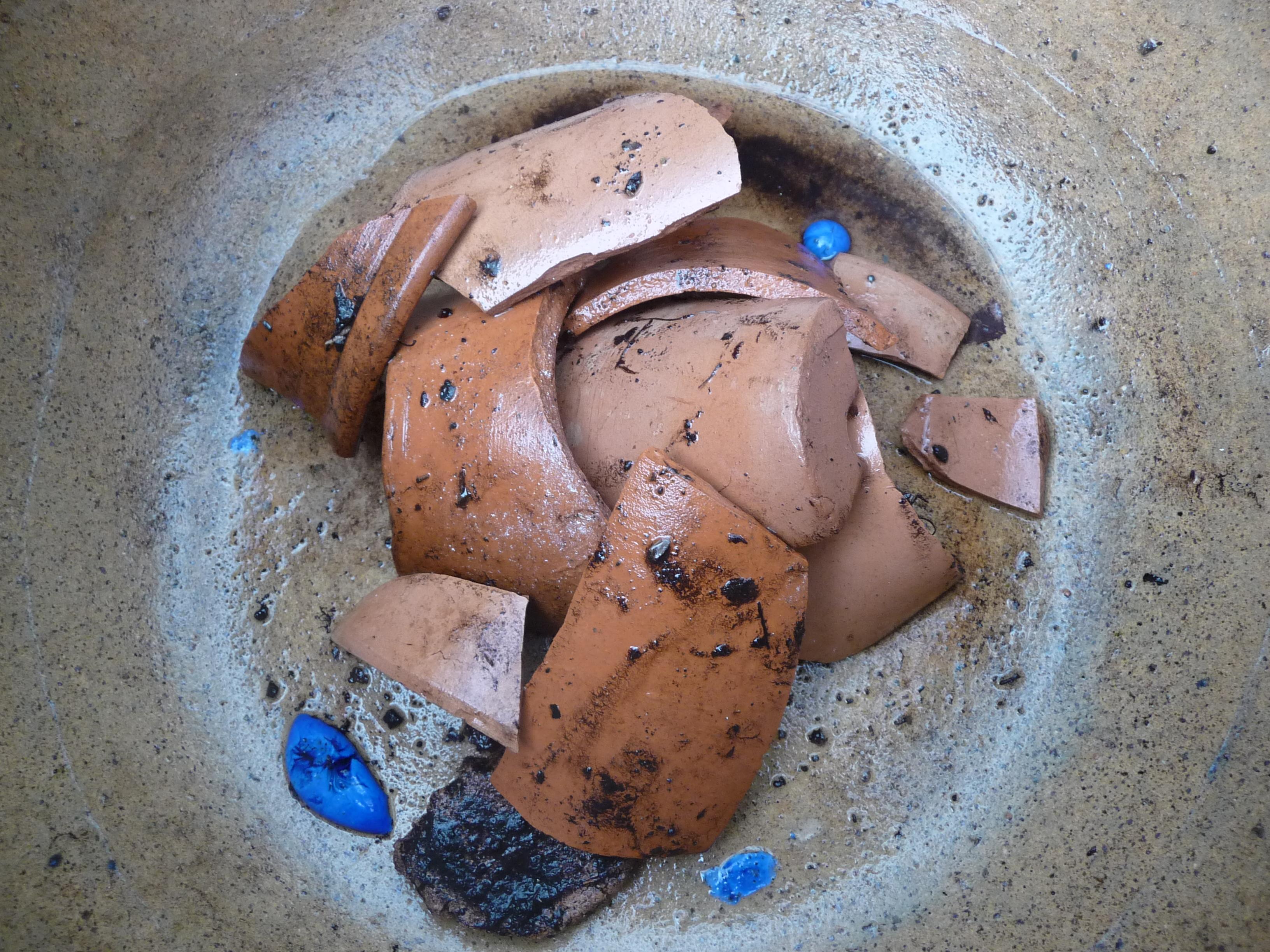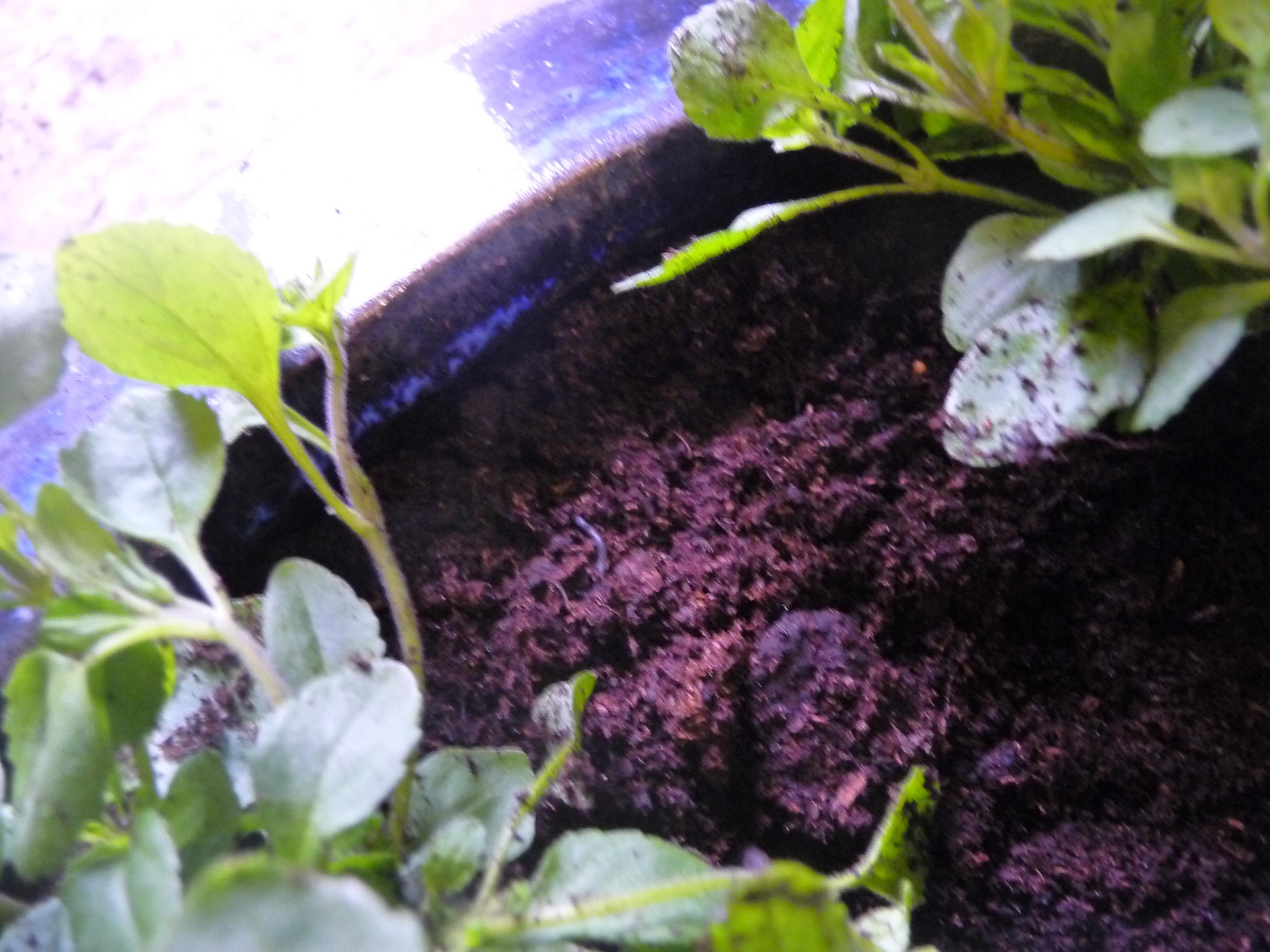Your local garden center will have a huge range of bedding plants available through the spring and early summer so now is the time to round up your empty containers - or purchase new ones - and get planting to brighten your patios, doorsteps and sitting areas this summer!
What do I need?
- A container. A larger pot will be easier to manage because it will not dry out as fast as a small one once the plants get established. Minimum 30cm wide and 20cm deep is good and make sure that it has drainage holes in the base
- Broken terracotta pots or flat stones to use as ‘crocks’ to aid drainage
- Compost
- Slow release fertilizer. One that will release nutrients over three to six months is ideal
- Plants
- Slug Pellets or your preferred method of control!
- Liquid feed – Notcutt’s Pour and Feed or an equivalent
- Gloves
- Watering can

How do I plant?
- Use broken pieces of terracotta pots or stones at the base to help with drainage
- Mix the compost with the required amount of slow release fertilizer using gloves
- Make sure that your plants are well watered before you plant them
- Angle plants towards the edge of the containerAdd a layer of compost to the container – enough to bring the level up to the base of the plants

- Remove the pots from the plants and arrange them in the container, filling in with and gently firming the compost as you go. Angle trailing plants so that they hang over the edge of the container but don’t leave any roots exposed on the soil surface
- Finish with a layer of soil up to the necks of the plants but avoid mounding the compost up above the top of the container. This would make it difficult to water
- Water your plants in well to settle the compost and top up with more if necessary
Aftercare
- Check your containers for water each day and water if the compost is dry on the surface. Be especially vigilant in windy weather as your container may dry out fast!
- If the weather is wet, raise the container up on pot feet to help it drain properly
- Protect your plants from late frosts by covering with frost fleece or moving the container to a frost free greenhouse, garage or utility room overnight
- Use slug control around your plants regularly. Young bedding plants are very vulnerable to attacks from slugs and snails
- Finish the compost below the lip of the container to make watering easierOnce the plants have established and are growing away well, use a liquid feed once a week when you water to top up the plant’s nutrients

- Remove spent blooms regularly to encourage new flowers. Letting your plants produce seed heads will mean less flower power!


